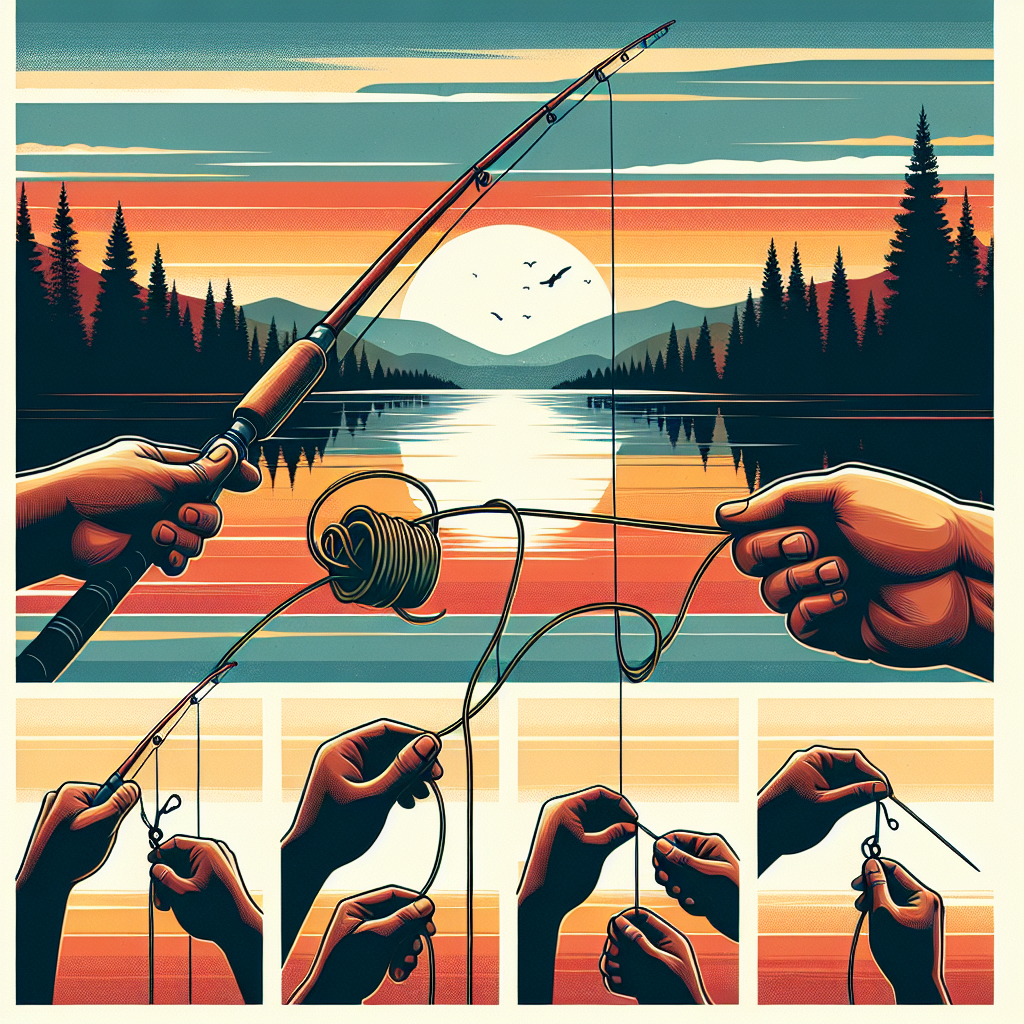What is Fly Fishing?
Fly fishing is a specialized angling technique that involves using artificial flies as bait to catch fish. Unlike traditional fishing methods that often utilize live bait or lures, fly fishing relies on the unique design and presentation of these lightweight, intricately crafted flies to entice fish. This method is not only about the act of fishing but also about the skill, patience, and appreciation of nature that comes with it.
The Basics of Fly Fishing
At its core, fly fishing seeks to mimic the natural food sources of fish. The "fly" itself can be made from various materials, including feathers, fur, and synthetic materials, crafted to replicate insects or other prey found in aquatic environments. Fly fishers often use a casting technique that allows for delicate placement of the fly on the water’s surface, simulating the movement of a natural insect.
Fishing Gear: The equipment for fly fishing differs significantly from conventional fishing gear. Key components include:
-
Fly Rod: A lightweight rod designed to cast the line and fly with precision. Fly rods are generally longer and more flexible than traditional fishing rods.
-
Fly Reel: While less essential than in conventional fishing, fly reels are used to store the line and assist in controlling the fish when caught.
-
Fly Line: This specially designed line is heavier than regular fishing line, enabling the angler to cast the lightweight fly effectively.
-
Leader Line and Tippet: These are segments of line that connect the fly to the fly line, allowing for finesse in presentation and strength for landing fish.
- Flies: The heart of fly fishing, these come in two main categories: dry flies, which float on the water’s surface, and nymphs or wet flies, which sink or hover below the surface.
Techniques and Casting
Casting is a crucial skill in fly fishing, and it requires practice and finesse. Unlike the sweeping motions used in baitcasting, fly casting involves a series of rhythmic movements, primarily the overhead cast, to load the rod with line and propel the fly forward. Successful casting allows the angler to present the fly naturally to fish without causing disturbance in the water.
Common techniques include:
-
Roll Cast: Useful in tight spaces where back-casting is limited.
-
Double Haul: A powerful cast that increases line speed and distance.
- Mend: Adjusting the line on the water to ensure a natural drift of the fly.
Where and When to Fly Fish
Fly fishing can be practiced in various environments, including freshwater streams, lakes, rivers, and even saltwater coastal areas. Popular freshwater targets include species like trout, bass, panfish, and salmon, while saltwater enthusiasts may pursue tarpon, bonefish, and striped bass.
The best time for fly fishing varies by species and location, but spring and fall are often prime seasons, as fish are typically more active during these times due to cooler water temperatures and increased insect activity.
The Benefits of Fly Fishing
Fly fishing offers a multitude of benefits that extend beyond simply catching fish. It promotes a deep connection with nature, providing anglers with an opportunity to immerse themselves in serene environments. The physical aspects of casting and the challenges of locating and outsmarting fish can foster a sense of accomplishment and personal growth.
Moreover, it can be a social activity, as many fly fishers enjoy sharing experiences and techniques with fellow enthusiasts. Competitive fly fishing events and clubs also provide avenues for camaraderie and skill development.
Conclusion
Fly fishing is not just a method of catching fish; it is an art form that engages the senses and cultivates a profound appreciation for aquatic ecosystems. By combining skillful techniques, specialized gear, and a passion for the outdoors, fly fishing continues to captivate anglers of all ages and experience levels. Whether you’re a seasoned fly fisher or a curious beginner, the journey into the world of fly fishing promises adventure, relaxation, and connection with nature’s beauty.





